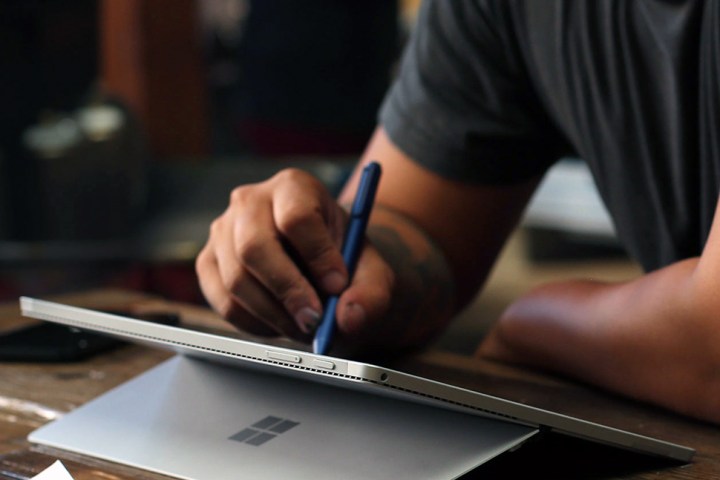
When Microsoft announced the new Surface Pro 4, it also promised that those who bought the dock for the Surface Pro 3 would be able to continue using it with the new device. The only catch is the new Surface Pro is slimmer than the last rendition, so the dock doesn’t hold it snugly. Microsoft engineered an easy solution — slip of plastic that fills the gap. But it wasn’t easy to obtain.
It’s a free attachment (you pay shipping and handling) from Microsoft, as long as you actually own a Surface Pro 4 and have it registered on the Microsoft support page. Alternatively, the brick and mortar Microsoft stores were supposed to carry them, but the issue arose that the people working at the shops had generally never heard of such an attachment.
The Microsoft files are available in both .STL and .STP formats to work with a large number of slicing programs, and as long as the 3D printer in question has a build size of at least 10.3 x 100.8 x 285.4 millimeters, it will be able to print the adapter. Installation is simple. Stick the adapter into the dock and secure it there with some double-sided tape.
While some users are already unhappy with the relative scarcity of the adapter, those with access to a 3D printer will no doubt be glad to see the schematics to print their own.
Editors' Recommendations
- What is a 3D printer, and how much do they cost?
- 3D printed cheesecake? Inside the culinary quest to make a Star Trek food replicator
- Finally, you’ll soon be able to use 3D avatars on Teams calls
- Need a last-minute Halloween costume? Check out these 3D-printable getups
- NASA is testing a 3D printer that uses moon dust to print in space


